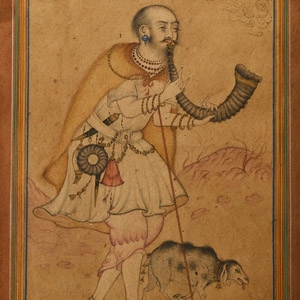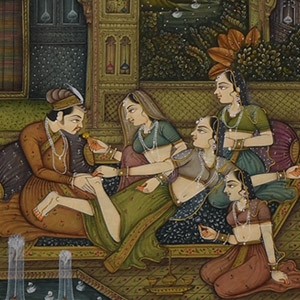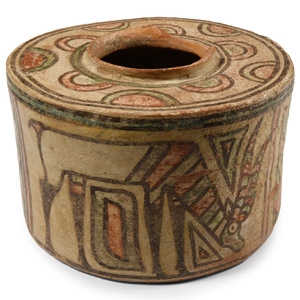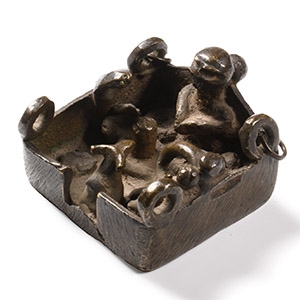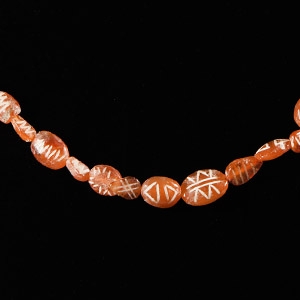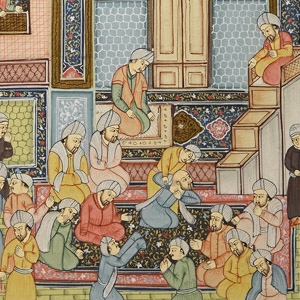Home > Auctions > 5 - 9 March 2024: Ancient Art, Antiquities,
Natural History & Coins
Auction Highlights:
From a collection acquired on the UK art market from various auction houses and collections mostly before 2000.
From an important Cambridgeshire estate; thence by descent.
See Satyawadi, S., Proto-Historic Pottery of Indus Valley Civilisation: Study of Painted Motifs, Perspectives in Indian Art and Archaeology, vol.2, New Delhi, 1994.
Acquired in England in the 2000s.
Ex Everitt collection, acquired by descent 2017.
Acquired 1980-2015.
Ex Abelita family collection.
From a collection acquired on the UK art market from various auction houses and collections mostly before 2000.
From an important Cambridgeshire estate; thence by descent.
Acquired from the UK art market.
Private Scottish collection.
Acquired on the UK art market, 1980s-1990s.
The Woodbridge collection of Indo-Persian art.
From a collection acquired on the UK art market from various auction houses and collections mostly before 2000.
From an important Cambridgeshire estate; thence by descent.
See Satyawadi, S., Proto-Historic Pottery of Indus Valley Civilisation: Study of Painted Motifs, Perspectives in Indian Art and Archaeology, vol.2, New Delhi, 1994.
Property of a South West London gentleman.
Acquired on the UK art market, 1980s-1990s.
The Woodbridge collection of Indo-Persian art.
Acquired on the UK art market, 1980s-1990s.
The Woodbridge collection of Indo-Persian art.
UK gallery, early 2000s.
Cf. Nandagopal, P., ‘Decorated Carnelian Beads from the Indus Civilization Site of Dholavira (Great Rann of Kachchha, Gujarat)’ in Frenez, D., Jamison, G.M., Randall, W.L., Vidale, M., Meadow, R.H., Walking with the Unicorn Social Organization and Material Culture in Ancient South Asia, Oxford, 2018, pp.475-485, figs.3,8,9.
Etched carnelian beads are characteristic of the Indus Valley culture and have been produced since the third millennium B.C. They are a typical product of the Harappa culture, but they are also attested in later millennia and produced elsewhere in Southeast Asia. The oldest specimens come from the Indus Valley and from Mesopotamia. A few specimens were found in the so-called royal cemetery of Ur, where they were identified in the excavation publication as coming from India.
Acquired on the UK art market, 1980s-1990s.
The Woodbridge collection of Indo-Persian art.
1777 - 1788 of 2726 LOTS

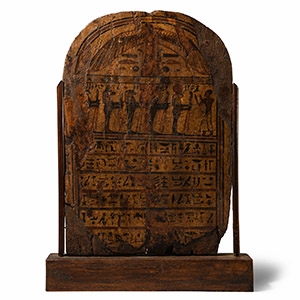
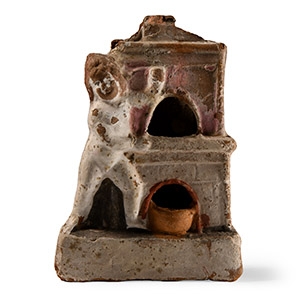

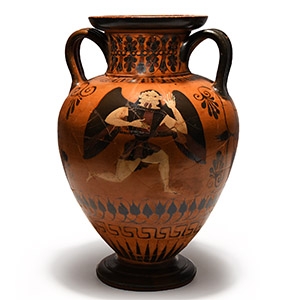
.jpg)
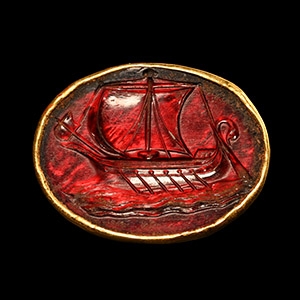
.jpg)

.jpg)
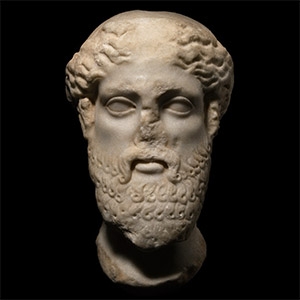
.jpg)
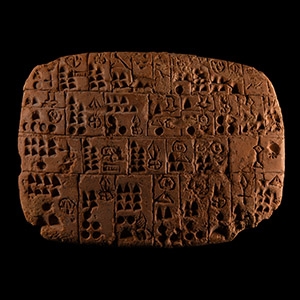

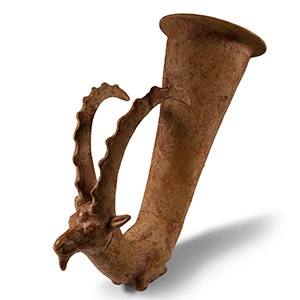
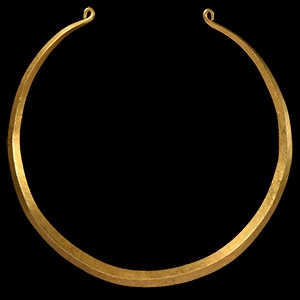
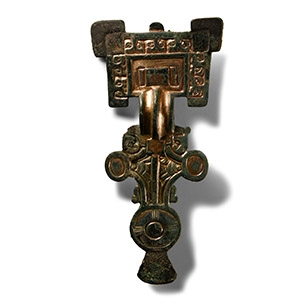
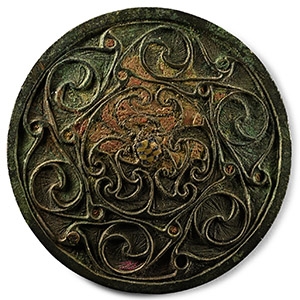

.jpg)
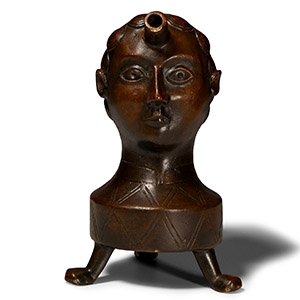
.jpg)

.jpg)
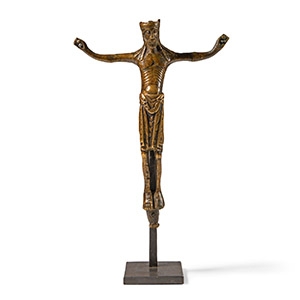
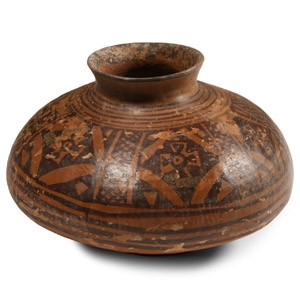
.jpg)


